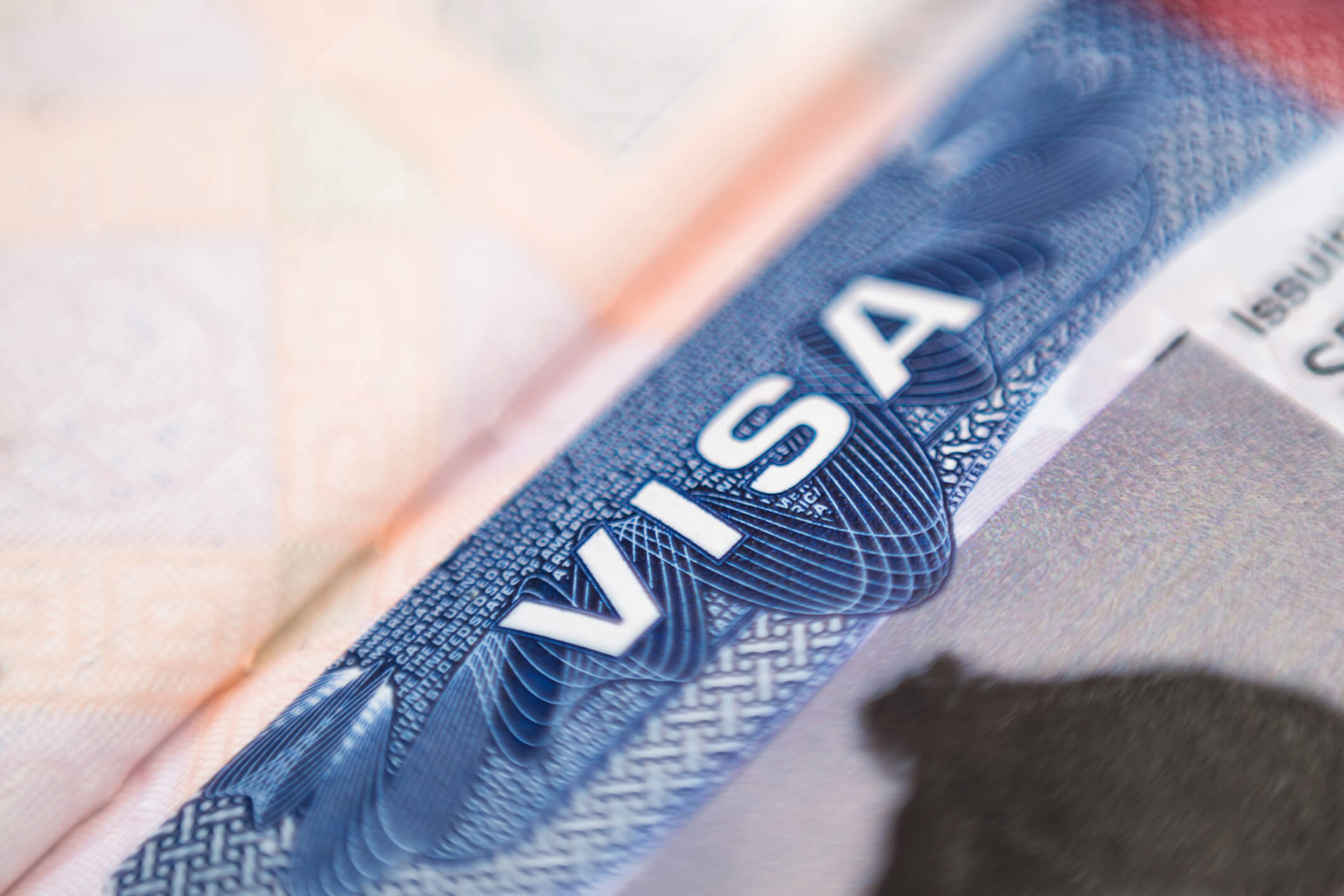On March 27, 2013, U.S. Customs and Border Protection (CBP) published an Interim Final Rule in the Federal Register that will automate the Form I-94, Arrival/Departure Record, to purportedly streamline the admissions process for individuals visiting the United States. The I-94 Form (I-94) provides temporary visitors with evidence of their lawful admission to the United States, which is necessary to verify alien registration, immigration status, and employment authorization.
Following the implementation of the new system, records of admission will be generated using traveler information already transmitted electronically. According to CBP, this change should decrease paperwork for both the officer and the traveler and allow the agency to better optimize its resources. The change became effective on April 26 and will be implemented at air and sea ports of entry in a phased-in approach over a four-week period, beginning on April 30.
The implementation schedule is detailed below:
| Week 1 | 4/30/13 | Charlotte Douglas International Airport, Orlando International Airport, Las Vegas Airport, Chicago O’Hare International Airport, Miami International Airport |
| Week 2 | 5/7/13 | Major air and sea ports within the following field offices: New York, Boston, Buffalo, Baltimore, Detroit, Atlanta, Tampa, Puerto Rico, Miami, Chicago, New Orleans, Houston |
| Week 3 | 5/14/13 | Major air and sea ports within the following field offices: Pre-Clearance, San Francisco (includes Hawaii and Guam), Tucson, El Paso, Seattle, Portland (includes Alaska), Los Angeles, San Diego, Laredo |
| Week 4 | 5/21/13 | All remaining airports and seaports |
New entry procedures at airports and seaports
Currently, CBP issues a paper I-94 on arrival to most foreign nationals entering the United States on nonimmigrant visas. The I-94 governs the foreign national’s period of authorized stay and contains his or her nonimmigrant category, the expiration date of the stay, and a unique identifying number.
The automation means that visitors traveling to the United States by air or sea will no longer be required to complete a paper Form I-94 prior to arriving in the United States. According to CBP, this will improve procedures and reduce costs. Rather than providing the paper I-94, CBP will place an admission stamp in the traveler’s passport containing the same information currently provided on the paper I-94 (date, place of arrival, and class and duration of admission or parole). The immigration category and period of authorized stay will be immediately recorded in CBP’s database, which will also be populated with information collected from passenger manifests provided by air and sea carriers prior to the foreign national’s arrival in the United States.
CBP intends to continue to provide a paper Form I-94 to certain classes of aliens, such as certain refugees, asylees and parolees, and others, as requested, or whenever CBP determines the issuance of a paper form is appropriate. The rule will not affect land border entries.
Foreign nationals should still obtain a hard copy I-94
Travelers should obtain a hard copy I-94 from a new CBP web portal, www.cbp.gov/I94. According to CBP, the website should have the information available immediately upon entry and will be the functional equivalent of the current paper I-94 card containing the same information. The traveler will be required to enter certain information from his or her passport in order to access the electronic I-94.
CBP will distribute a fact sheet with information about the website and procedures for obtaining a printout to each foreign national who is issued an electronic Form I-94 at the time of inspection.
Will government agencies accept the I-94 website printout or CBP passport stamp as evidence of lawful status?
The U.S. Citizenship and Immigration Services (USCIS) will continue to require applicants to submit a paper copy of Form I-94 when requesting certain benefits, even if individuals did not receive one upon entry. Other governmental agencies, such as state departments of motor vehicles (DMVs) and the Social Security Administration, will also require a paper copy of the I-94 to verify whether a foreign national is entitled to certain benefits. Currently, foreign nationals authorized to work are recommended to wait approximately 10 days after entry to apply for a Social Security card. With this automated system, the information should be transferred to other agencies almost immediately, allowing foreign nationals to apply within two to three days.
CBP anticipates that benefits-granting agencies will be prepared to accept an I-94 printout and/or an unexpired passport with the admission stamp. The Systematic Alien Verification for Entitlements (SAVE) program, the USCIS program used by federal and state agencies to verify the immigration status of applicants for benefits, has advised agencies that either document may be used to verify status.
Will the I-94 website printout be an acceptable document for I-9 employment eligibility verification purposes?
According to CBP, nonimmigrants who are authorized to work may present a paper copy of Form I-94 along with an unexpired passport to their employers during the employment eligibility verification (Form I-9) and E-Verify processes. However, Immigration and Customs Enforcement (ICE), the U.S. Department of Homeland Security agency that oversees I-9 compliance, has not yet issued a directive regarding the automated I-94 system.





